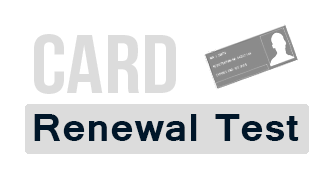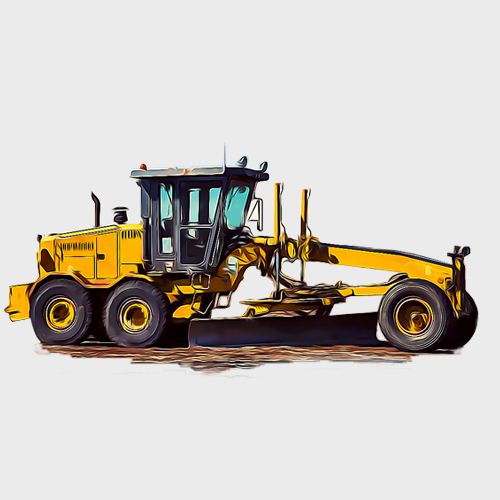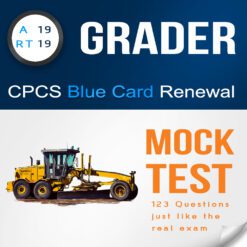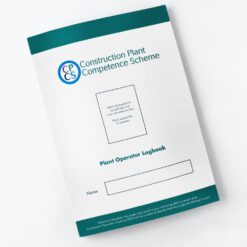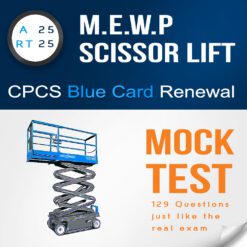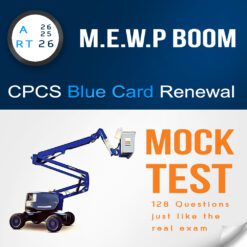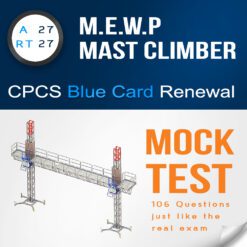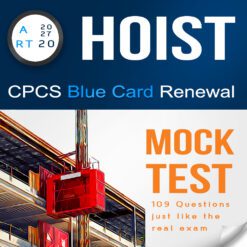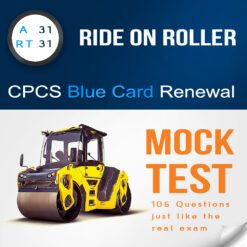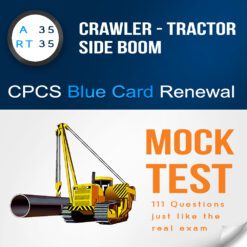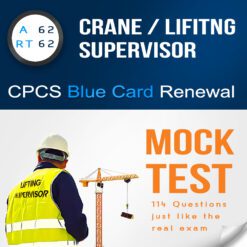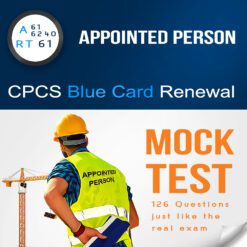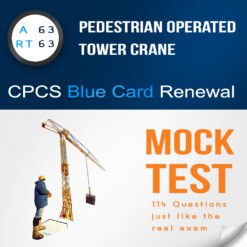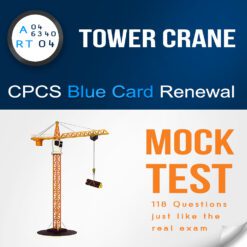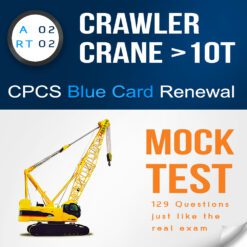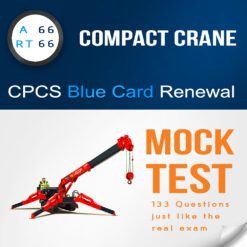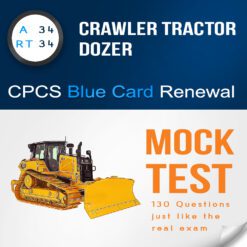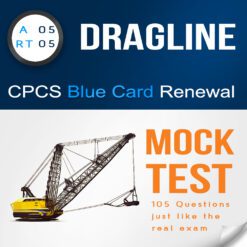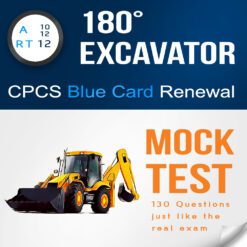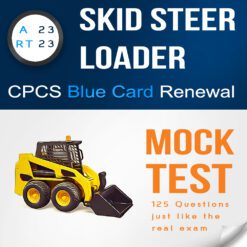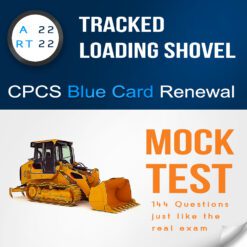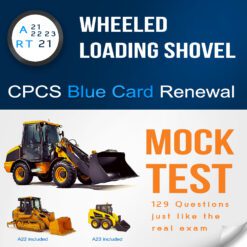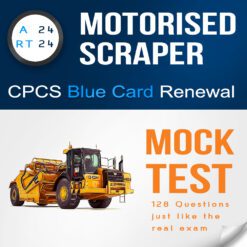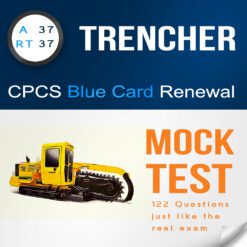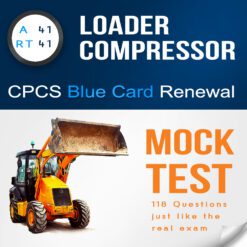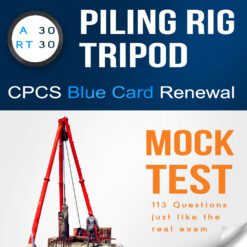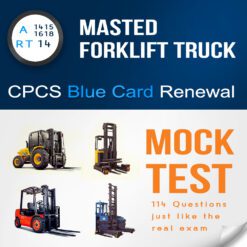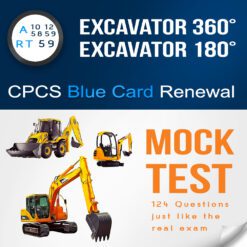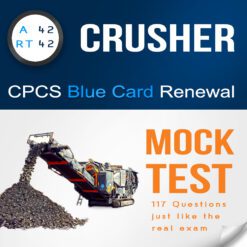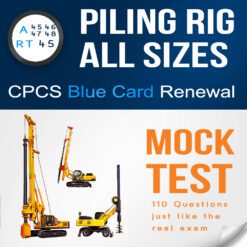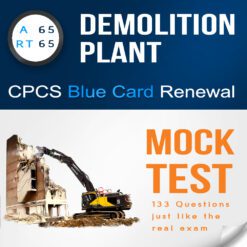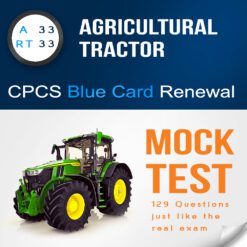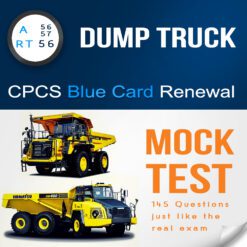1. What potential concern is highlighted about a minor fault that operators may consider insignificant?
- A) The fault might worsen during the working day
- B) It could result in a decreased machine lifespan
- C) It might lead to legal disputes with the manufacturer
- D) It could void the warranty of the grader
Correct Answer: A) The fault might worsen during the working day
2. What could happen if heavy attachments like the dozer blade are not adequately supported before removing the final pins?
- A) Improved maneuverability for the grader
- B) Enhanced fuel efficiency
- C) Reduced operator fatigue
- D) Potential movement or displacement during removal
Correct Answer: D) Potential movement or displacement during removal
3. What distinguishes the usage of a dozer blade on a grader from that of a tracked dozer?
- A) The speed at which materials can be moved
- B) The size and weight of the materials handled
- C) The depth and weight of material handling capabilities
- D) The precision in material placement
Correct Answer: C) The depth and weight of material handling capabilities
4. Why is segregation necessary for grader travel and pedestrian routes?
- A) To minimize travel time for the grader
- B) To enhance pedestrian interaction with the grader
- C) To prevent any contact or collisions between pedestrians and moving plant
- D) To encourage a shared travel path for grader and pedestrians
Correct Answer: C) To prevent any contact or collisions between pedestrians and moving plant
5. Why even experienced grader operators should seek expert advice for what they might consider a minor fault?
- A) To avoid admitting their lack of knowledge
- B) To delay the completion of their tasks
- C) The fault might be more significant but not immediately visible
- D) To make the fault appear more substantial
Correct Answer: C) The fault might be more significant but not immediately visible
6. What is a typical procedure for rear wheel steer graders before transportation?
- A) Disassembling the rear wheel steering system
- B) Locking the rear wheel steering system in the neutral position
- C) Reversing the steering system for safe transport
- D) Disconnecting the rear wheel steering system
Correct Answer: B) Locking the rear wheel steering system in the neutral position
7. What requirements exist for traveling and working on inclines and slopes?
- A) No specific requirements for traveling or working on inclines
- B) Compliance with manufacturer’s stipulations and proper checks before and during operations
- C) Greater engine power for uphill and no special precautions for downhill
- D) Adjust the seat position for different inclines and slopes
Correct Answer: B) Compliance with manufacturer’s stipulations and proper checks before and
during operations
8. What is the primary concern if the grader is incorrectly set for scarifying a corrugated or washboard-type surface?
- A) Decreased visibility for the operator
- B) Potential damage to the grader’s tires
- C) Reduced fuel consumption efficiency
- D) The possibility of damaging the scarifier linkage
Correct Answer: D) The possibility of damaging the scarifier linkage
9. Why is reversing vehicles and plant considered a significant concern in the workplace?
- A) It reduces wear and tear on vehicle components
- B) It can result in increased productivity
- C) It’s a major cause of workplace incidents and deaths
- D) It ensures better maneuverability in tight spaces
Correct Answer: C) It’s a major cause of workplace incidents and deaths
10. Why should operators not solely rely on additional vision aids like CCTV systems?
- A) Each aid has its limitations and may not be fully effective
- B) They do not require regular maintenance checks
- C) They are consistently accurate in all conditions
- D) They offer improved visibility in all weather conditions
Correct Answer: A) Each aid has its limitations and may not be fully effective
11. How can steep slopes cause operational and safety issues with graders?
- A) No issues; steep slopes are beneficial for grader performance
- B) Decreased fuel consumption on slopes
- C) Increases the risk of instability and overturning due to poor ground and operating techniques
- D) Enhanced traction and maneuverability on steep slopes
Correct Answer: C) Increases the risk of instability and overturning due to poor ground and operating techniques
12. How does a suspended operator’s seat aid in reducing vibration and harsh movements for the grader operator?
- A) By increasing the grader’s speed during operation
- B) By reducing the operator’s vision while working
- C) By providing increased comfort for the operator
- D) By dampening the effects of vibration and harsh movements
Correct Answer: D) By dampening the effects of vibration and harsh movements
13. Why is it important for the operator to understand how blade angles etc. can affect the efficiency of work?
- A) Efficiency is not affected by blade angles and configurations
- B) Adjusting blade angles results in enhanced operator comfort
- C) Blade angles and settings can affect the effectiveness, time, and fuel cost of operations
- D) No relationship between blade angles and operation efficiency
Correct Answer: C) Blade angles and settings can affect the effectiveness, time, and fuel cost of operations
14. What are the uses and limitations of reversing aids such as CCTV systems, etc.?
- A) Reversing aids have no limitations and are infallible
- B) Aids provide visibility, but conditions like strong sunlight or dust can affect their effectiveness
- C) Aids are beneficial in all conditions and situations
- D) Aids are not needed for reversing, as the operator’s visibility is adequate
Correct Answer: B) Aids provide visibility, but conditions like strong sunlight or dust can affect their effectiveness
15. What precaution should be taken to prevent falls from height during pre-use checks on the grader?
- A) Avoiding pre-use checks at height in wet conditions
- B) Providing slip-resistant shoes for operators
- C) Ensuring the checks are done quickly to minimize exposure
- D) Providing proper access equipment for safety
Correct Answer: D) Providing proper access equipment for safety
rt19 grader test, rt19 grader mock test, rt19 grader practice test, rt19 grader exam, rt19 grader questions, rt19 grader cpcs, rt19 grader renewal, rt19 grader citb, rt19 grader nocn, mock test rt19 grader, practice test rt19 grader, rt19 test, rt19 mock test, rt19 practice test, rt19 exam, rt19 questions, rt19 cpcs, rt19 renewal, rt19 citb, rt19 nocn

